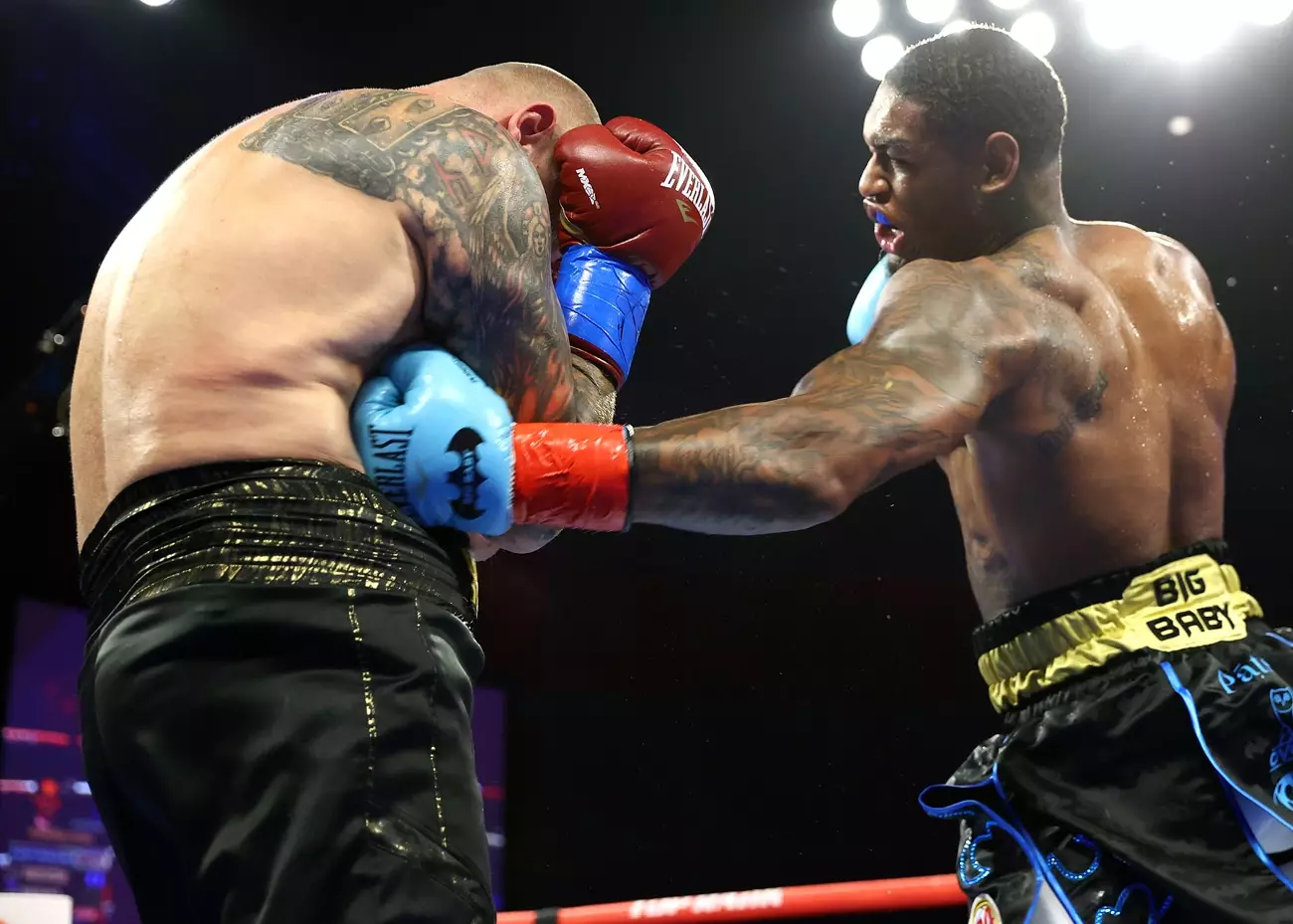In the ever-competitive realm of heavyweight boxing, few narratives unfold as dramatically as that of Jared Anderson. Scheduled to face Marios Kollias (12-3-1, 10 KOs) on February 14 at the Hula Theater in Madison Square Garden, Anderson’s return is shrouded in a sense of urgency and skepticism. Following a stark loss to Martin Bakole last August, the rebuilding phase is crucial for Anderson, whose once-promising trajectory has stumbled against stiff competition. This upcoming bout could either be a fresh start or another indicator of his limitations in the ring.
Anderson’s record boasts an impressive count of 17 wins, 15 by knockout, yet his vulnerabilities were starkly revealed in his bout against Bakole, where he was overwhelmed and ultimately knocked out. In that matchup, he demonstrated moments of skill, outboxing Bakole in the second to fourth rounds, but his propensity for aggressive exchanges proved detrimental. The knockdowns he suffered—once in the first round and twice in the fifth—raise questions about his punch resistance and overall strategic approach. The inability to adapt during pivotal moments of the fight suggests a fundamental flaw in both his technique and fight IQ, which could spell trouble moving forward.
The pressing challenge for Anderson is whether he can evolve from being a combination puncher to a more defensively-minded boxer. With weak punch resistance becoming a glaring issue, his current fighting style may not be sustainable against rising levels of competition. The recent history of his matchups reveals that while Anderson has found relative success against older, less formidable opponents like Andrii Rudenko and Ryad Merhy, he has failed to prove any significant development against more skilled fighters such as Bakole and Charles Martin. This lack of progress hints at a deeper-seated concern about his potential to compete at a championship level.
With so many variables at play, the outlook for Anderson’s career remains uncertain. His promoters might see value in keeping him in the spotlight, perhaps hoping that a favorable matchup with an aging heavyweight star like Anthony Joshua or Tyson Fury could enhance his resume. However, such scenarios are fraught with risk. If Anderson does not demonstrate improvement, his future may resemble that of a gatekeeper rather than a title contender. As the heavyweight division evolves, finding a foothold in this competitive environment will demand an introspective assessment and strategic adjustments.
Ultimately, Anderson’s fight against Kollias may serve as a litmus test for his career moving forward. A decisive victory could rekindle hope and lay the groundwork for a more ambitious comeback, while a lackluster performance could signal a need for a complete overhaul, both in training regimen and fight strategy. As the boxing community and fans keep an eye on this comeback, one can only wonder whether this will mark a pivotal moment in Anderson’s career, or simply another chapter in a cautionary tale of unfulfilled potential.

